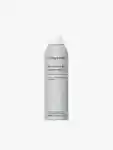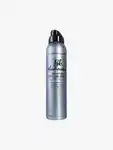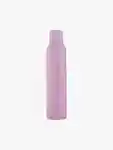
Texturisers & Volumisers
The boost you want and need.
140 results
140 results
Sort by




Election Finalist


Mini
Value Set
Mini
Refillable
Mini
Refillable
Refillable
Election Finalist
Related Categories
- 149
- 70
- 53
- 232
- 26
- 376
- 55
- 150
- 86
Texturiser & Volumiser
Beachy waves or big hair, don’t care? Whether you're looking for full on body or just a little extra lift and texture at the roots, texturising spray can help you achieve your everyday hair goals. With products suitable for every hair type and every hair aspiration, discover our range of volumising hair sprays and texturising products. Designed to give you that boost of body or the perfect lived-in, tousled cool-girl vibe, good hair is just a spritz away.

